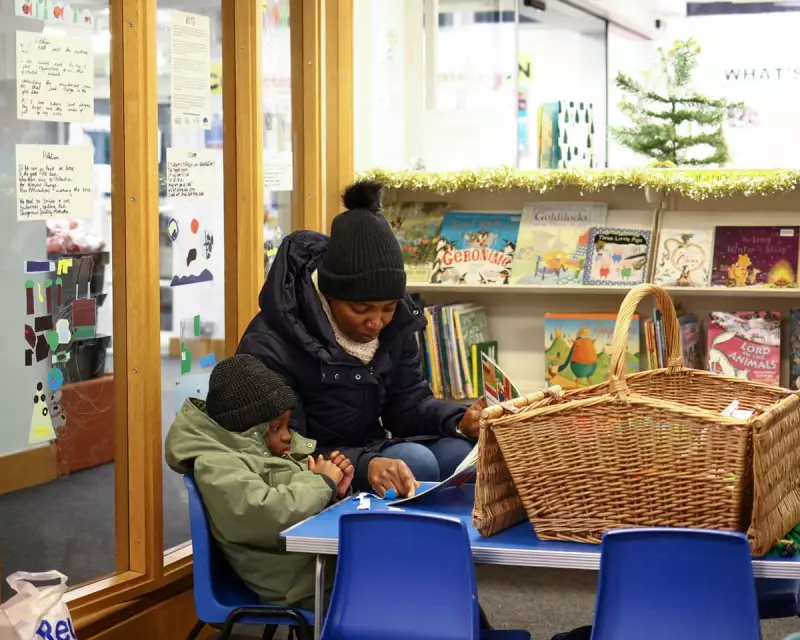
The Chilling Reality: Warm Banks Become a Winter Lifeline
A bitter Arctic blast has ushered in an early winter for millions across the UK, with temperatures plummeting below zero. This deep freeze coincides with a fresh financial chill for households, as the energy price cap rose by 2% on 1 October, setting the typical annual dual-fuel bill at £1,755.
This increase adds to the immense pressure on family budgets, with existing debt to energy suppliers reaching a staggering £4.4bn in June, according to the regulator Ofgem. A coordinator at the End Fuel Poverty Coalition warned that this figure should “ring alarm bells” for lawmakers, highlighting the severity of the ongoing crisis.
A Network of Warmth in a Cost of Living Crisis
In response to the financial pressures that began in 2022, a new social phenomenon has taken root: the warm bank. These are community spaces where people can escape cold, unaffordable-to-heat homes. The concept has grown rapidly, with many libraries continuing to serve as designated warm havens throughout the winters of 2023 and 2024.
The charity Warm Welcome Spaces reports that it now coordinates a network of over 4,000 warm spaces across the country. With the model set to continue into the winter of 2024-25, these spaces have become a permanent feature of Britain's social landscape.
Share Your Story: A Nation's Experience with Warm Spaces
We want to hear from you. Have you visited, set up, or worked at a community warm space in recent years?
- What was the experience like, and why did you go or get involved?
- How did spending time in a warm bank make you feel?
- What are your thoughts on the rise of warm banks as an institution in the UK?
Your responses can be shared anonymously and are secure. The Guardian is collecting these personal accounts to better understand the impact of this growing reality.





